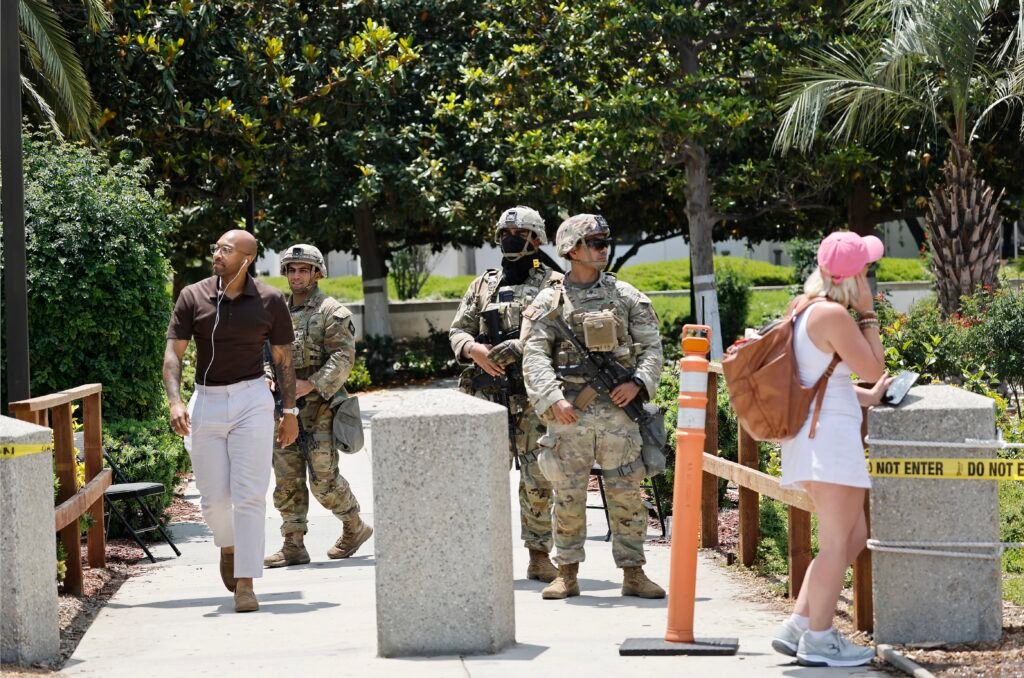The Bureau of Land Management (BLM) has issued a decision record Last week, approval was obtained for the SunZia Southwest Power Transmission Project. This is the pre-final grant of right-of-way required for construction on federal land, which is expected in the next month or so.
The SunZia transmission line will traverse approximately 820 miles of federal, state and private land, delivering up to 4,500 megawatts of primarily renewable energy from New Mexico to Arizona and California. Capable of delivering 1 megawatt of power per hour Powering 400-900 homes per day.
The line’s owner, Pattern Energy Group LLC, says its goal is to deliver clean energy that is affordable and helps meet air quality standards across the Southwest.
The first plans for the SunZia line were introduced in 2006 by Southwestern Power Group. Last July, renewable energy company Pattern Energy acquired SunZia and invested more than $8 billion in its plans. Later that year, the company won critical approvals from the states of Arizona and New Mexico. Issuance of right-of-way subsidies is the final milestone.
In addition to the power lines, more than 900 wind turbines will be installed in three New Mexico counties. Pattern says the project will be the largest clean energy infrastructure initiative in US history.
The SunZia project had to: Repeatedly reviewing the route of power lines To accommodate private land, Department of Defense property, and migratory bird patterns. The company also faces hurdles from concerned environmental groups that are lobbying against the project over concerns about how the construction work will affect the historically pristine land.
“Many different routes were evaluated, analyzed and studied,” said Kevin Wetzel, Assistant Vice President of Business Development at Pattern Energy. “The routes selected represent the most environmentally compatible routes determined by a very robust stakeholder-driven process managed by the Bureau of Land Management.”
The line will originate at a substation in central Torrance County, New Mexico, and terminate at an existing substation in southeastern Pinal County, Arizona, but many still believe the project is justified. not
The San Pedro Valley is considered one of the most biologically rich and diverse watersheds left in North America. Hundreds of bird species migrate through this valley every year, where the SunZia line directly crosses.
“The project will cross 53 miles of previously undisturbed watershed adjacent to the San Pedro River,” said Peter Else of the Lower San Pedro Basin Alliance. “We’re going through 53 miles of the most ecologically sensitive part of these wildlife migrations.”
The San Pedro River is the longest remaining undammed free-flowing river in the southwest, forming a rich desert and riparian ecosystem around it. It flows into the Gila River. Native fish of many endangered species.
keep environmental journalism alive
ICN provides award-winning climate coverage free of charge and also provides advertising. We rely on donations from readers like you to keep us going.
Pattern Energy executives take pride in their efforts to engage stakeholders in dialogue, but environmentalists say it’s hard to see the big picture when the disruption is in your backyard.
“It’s completely avoidable,” Els said. “Pattern Energy has an alternate route through Arizona that will not impact the area at all.”
Pattern Energy has worked closely with the Audubon Society to help reduce the company’s environmental disturbances by incorporating bird repellent technology to reduce the number of birds flying into wind turbines. The company also plans to replant areas where the saguaro was uprooted during construction.
Audubon Southwest Vice President and Executive Director Jonathan Hayes said:
As more land is used to build clean energy facilities, the lines blur between justifying the destruction and destruction of nature to reduce carbon emissions and slow the impacts of climate change. While it may appear to be, Pattern Energy and the Audubon Society both believe otherwise. must be opposed.
“I think these projects can be developed in a way that is in harmony with the natural resources that surround them. Wetzel said.
“We know that more than 60% of North American bird species are likely to be endangered by the end of the century if we do nothing about climate change,” Hayes said. Stated. “This is an existential threat to birds and life on Earth.”
Wetzel said even with BLM’s decision record, its issuance is not the end of the company’s collaborative efforts. Public feedback has been and will continue to be incorporated into the route and design of the project, he said.
“We see ourselves as part of a community that develops and builds,” he said. “We are excited to continue this relationship and build on this success we have today to continue achieving what we all want to do and build on this project.”
If all goes according to plan, construction of the SunZia line is expected to be completed in the first half of 2026, with power entering the grid shortly thereafter.
Emma Peterson
fellow
Emma Peterson is an Arizona-based intern at Inside Climate News. Emma will graduate in the fall with a master’s degree in investigative journalism from Arizona State University’s Walter Cronkite Graduate School of Journalism and Mass Communication. She attended college at the University of Arizona where she earned her BA in Global Journalism and a Minor in Natural Resources. She has her experience in the water treatment industry and has a special interest in western ecology and toxicology.







